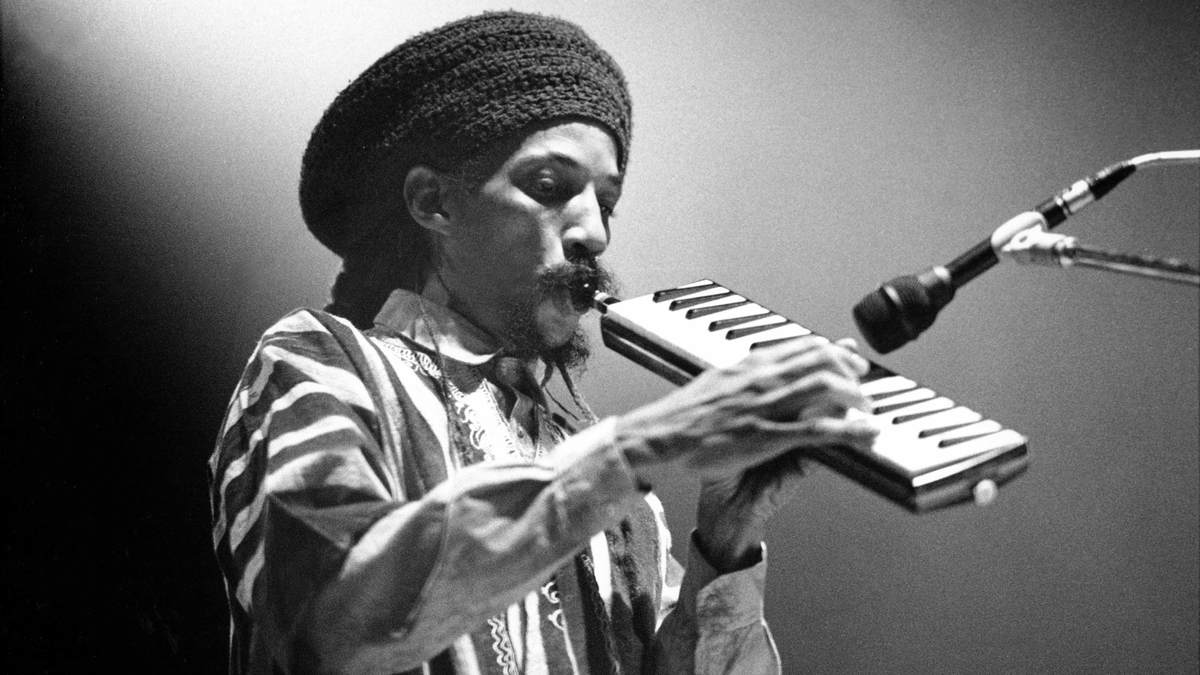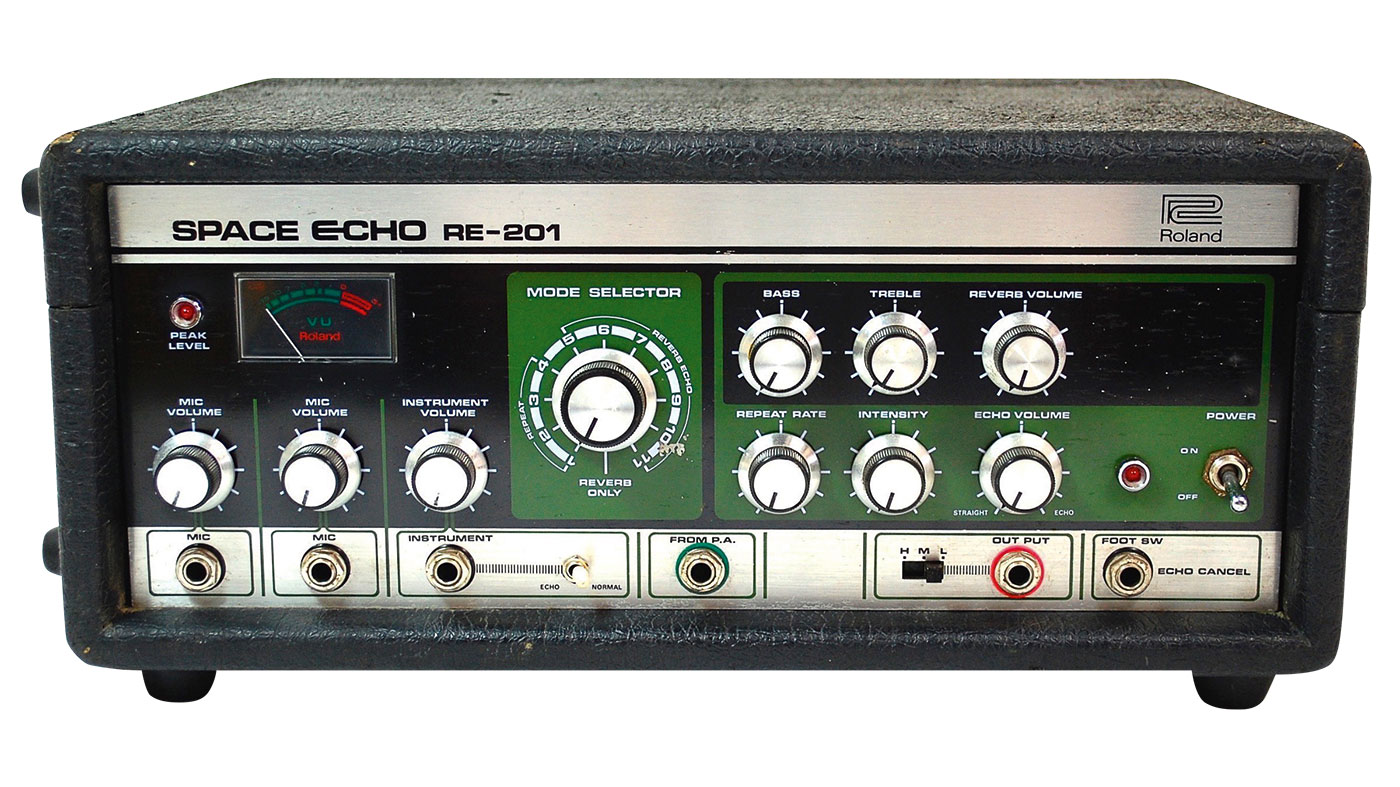The beginner's guide to: dub
A colossus of bassweight, dub is the reggae offshoot that inspired genres from hip-hop to jungle

Dub is a turning point in music history. Above all else it’s the moment that reggae got twisted and turned into new directions, but it’s also a cultural shift in countless ways.
Besides the emphasis on production, studio technology and the invention of a basic form of remix, dub’s sound system focus helped to define the bass-heavy sound of modern club culture. It may also have played a role in the evolution of rap music thanks to the involvement of the somewhat confusingly named ‘deejay’, the Jamaican term for a host who would perform on the mic, singing and accompanying the music with ‘toasting’, a distinctive Caribbean spoken word lyrical style.
By most accounts, the story of dub starts with a very specific moment in 1968, when Rudolph ‘Ruddy’ Redwood decided to cut a personal dubplate (a one-off record) of The Paragons’ On The Beach for use with his sound system.
A mistake (or possibly a deliberate last-minute decision) by engineer Byron Smith of Duke Reid’s Treasure Isle studio meant that the vocals were left off the pressing. Nevertheless, Ruddy played his dubplate and found that crowds enjoyed the sound of his deejay, Wassy, toasting over the instrumental.
The style was quickly adopted by fellow producer King Tubby, who saw the potential for these pared-back dub versions as a creative tool for use on sound systems.
These largely instrumental deejay ‘versions’ became a phenomenon and, by the early ’70s, the sound of dub was established as a distinct form of reggae. Producers including Tubby, Lee ‘Scratch’ Perry, Augustus Pablo and Keith Hudson put their own stamp on the sound, such as employing heavy use of echo effects, beefing up basslines, incorporating snatches of vocals, adding special effects by use of basic ‘dub siren’ synths, or playing pretty melodies on melodicas as a contrast to the low-end pressure.
The impact of dub on modern music is substantial. There are genres which borrow explicitly from the bass-heavy, sound system-driven approach, such as dubstep, trip-hop and dub techno.
The idea of dub versions came to overlap heavily with the broader reggae concept of ‘riddims’ (rhythms in Jamaican patois), the use of instrumental backing tracks as a basic building block of music, available to be repurposed not just by deejays at a dance, but by artists for their own records.
Get the MusicRadar Newsletter
Want all the hottest music and gear news, reviews, deals, features and more, direct to your inbox? Sign up here.
The impact of dub on modern music is substantial. There are genres which borrow explicitly from the bass-heavy, sound system-driven approach, such as dubstep, trip-hop and dub techno; but we can go so far as to see dub as the foundation of the very idea of the auteur producer, responsible for overseeing the entire creative process.
On a technical level, the process of the producer performing the track as a live mixdown with effects and multitrack parts being punched in and out in real time has become a mainstay of electronic production techniques.
Some of the personalities of dub are just as distinctive as the sound itself, and it would be remiss to complete any discussion of the genre without a nod to the eccentric and wildly creative life of Lee ‘Scratch’ Perry, whose backyard Black Ark studio was the setting for a somewhat chaotic but hugely effective artistic process.
Whether recording the sound from under ground while hitting a palm tree or blowing marijuana smoke into the microphone “so that the weed would get into the song,” Perry never stopped experimenting. Black Ark met its demise in 1979, when Perry scrawled all over the studio in magic marker before burning it to the ground to cleanse “unclean spirits”.
There remains a small but loyal dub scene around the world, but perhaps the best way to judge dub’s colossal cultural impact is to reflect on just how many of its defining characteristics we take for granted as part and parcel of other genres. Dub has influenced us all, whether we know it or not.
Three dub essentials
Tape echo

Echoes are essential to the dub sound, and there are plenty of options to choose from. Tape echoes are a classic sound, giving an organic, loose feel to your delay effects. As all-rounders go, it’s very hard to beat a classic Roland Space Echo, the hardware unit which is probably most closely associated with the tape echo sound.
But it’s not cheap. Decent vintage units start at around £500, but there are also software emulations and digital clones available at lower price points. Arturia’s Delay TAPE-201 is excellent, priced at 99 euros.
Spring reverb
The other essential style of echo is the twangy, metallic sound of spring reverb. The easiest starting point in hardware form is probably with a pedal-based spring reverb effect, which are usually aimed at guitar players. For those who like to get their hands dirty, there are also lots of DIY options, from repurposing reverb tanks to hacking and modding old guitar amps.
Alternatively, for a more modern take, look to contemporary brands like Vermona, who offer a range of creative spring-based effects, or Knas. From the former we love the Retroverb Lancet, which combines filtering and reverb, while the latter offers the Ekdahl Moisturizer, a reverb unit where the focus is on the exposed springs, encouraging you to hit and manipulate them for some weird dubby effects.
Melodica
Augustus Pablo is credited with popularising the melodica in dub, playing melodies on top of riddims as a subtly wistful counterpoint to the bass elements underneath. Halfway between a piano and a harmonica, the melodica is a very basic instrument which has been used to help children learn how to play music, but its distinctive sound has a charming appeal in almost any context. Prices start at around £15 for a good basic model.


Future Music is the number one magazine for today's producers. Packed with technique and technology we'll help you make great new music. All-access artist interviews, in-depth gear reviews, essential production tutorials and much more. Every marvellous monthly edition features reliable reviews of the latest and greatest hardware and software technology and techniques, unparalleled advice, in-depth interviews, sensational free samples and so much more to improve the experience and outcome of your music-making.
"If I wasn't recording albums every month, multiple albums, and I wasn't playing on everyone's songs, I wouldn't need any of this”: Travis Barker reveals his production tricks and gear in a new studio tour
“My management and agent have always tried to cover my back on the road”: Neil Young just axed premium gig tickets following advice from The Cure’s Robert Smith










